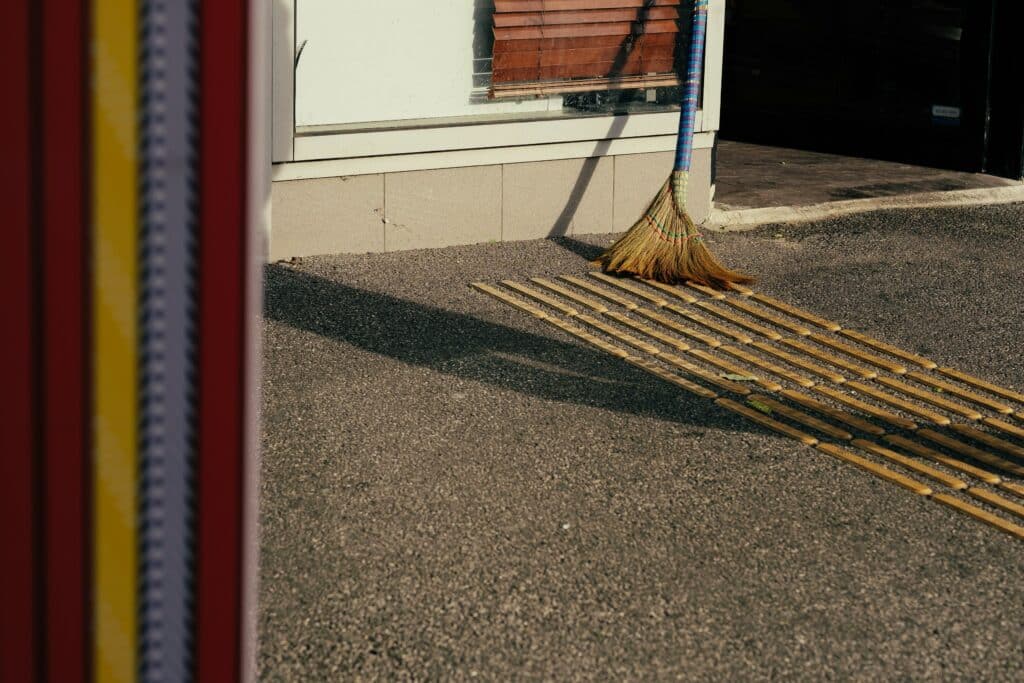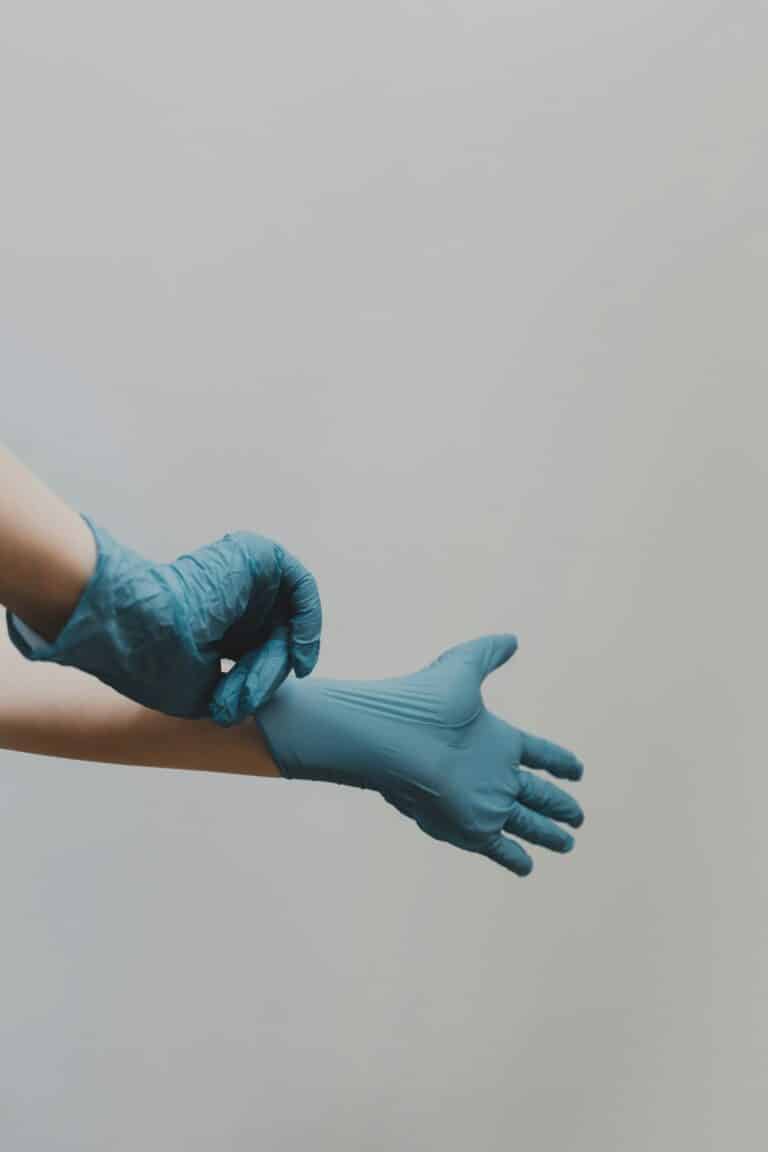More than ever, individuals and families are becoming mindful about the environmental impact and health implications of the cleaning products they use in their homes. The move towards eco-friendly cleaning is gathering momentum, and there’s never been a better time to join the bandwagon. So, how about we explore some eco-friendly cleaning hacks that not only boost your productivity but also contribute positively to the health of our planet? 🌍

This comprehensive guide will unearth various DIY home cleaning strategies, harnessing readily available and eco-friendly materials. The content is designed for everyone – whether you are a novice looking to adopt sustainable cleaning practices, or an eco-warrior on a quest for new tips and tricks. Let’s uncover how you can clean your home in a more sustainable, cost-effective, and productive manner, while maintaining a high standard of cleanliness. 🌱
Before we delve into the nuts and bolts, it’s worth noting the significance of eco-friendly cleaning. The reality is that most conventional cleaning products are laced with a cocktail of chemicals that can pose risks to our health and the environment. These products may be effective in removing stains and dirt, but their environmental footprint and potential health hazards can no longer be ignored. By adopting eco-friendly cleaning hacks, we not only preserve the integrity of our homes but also contribute to larger-scale environmental sustainability. 🌿
In this article, we will take you on a journey of exploration into the world of eco-friendly cleaning. We will begin by discussing the implications of traditional cleaning products, shedding light on why the move towards eco-friendly alternatives is not only beneficial but necessary. Following this, we will introduce various DIY cleaning hacks using eco-friendly materials, providing step-by-step guidance on how to use them effectively. Additionally, we’ll debunk some common myths about eco-friendly cleaning, and we’ll share tips on how to enhance your productivity during your cleaning routines. 💪
Expect to encounter a variety of natural cleaning agents like vinegar, baking soda, and essential oils among others. These ingredients are not only effective but are also gentle on your surfaces, health, and the environment. More so, we will delve into the science behind these cleaning hacks, providing a clear understanding of why and how they work. Armed with this knowledge, you will be in a better position to improvise and adapt these hacks to fit your specific needs. 🏠
While switching to eco-friendly cleaning can seem like a daunting task, this guide aims to simplify the transition by providing practical, easy-to-follow tips. So, are you ready to embark on this transformative journey? Let’s redefine cleanliness by embracing sustainable practices that not only leave our homes sparkling but also safeguard the health of our planet. We can’t wait to dive in and start making a difference, one cleaning hack at a time! 🚀
🌱 Eco-friendly Cleaning Hacks: Unleash Your Productivity with DIY Home Cleaning
With an increasing focus on preserving the environment, eco-friendly cleaning hacks have become more prevalent than ever. By taking a “do-it-yourself” approach, you can create cleaning solutions that are both effective and kind to our planet. Moreover, these hacks can significantly boost your productivity. So, let’s dive into the fascinating world of DIY home cleaning!
💡Understanding Eco-friendly Cleaning
Eco-friendly cleaning revolves around using methods and products that have less of an environmental impact than traditional cleaners. These green alternatives often lack the harsh, potentially harmful chemicals found in conventional cleaning products. By embracing eco-friendly cleaning, you are contributing to reducing pollution, improving indoor air quality, and promoting a healthier and more sustainable lifestyle.
But what makes eco-friendly cleaning boost your productivity? Simple. DIY green cleaning solutions are typically easy to make, using ingredients that are commonly found around the home. This means less time spent shopping for cleaning supplies and more time for your other tasks.
🌿 Homemade Green Cleaning Solutions
Believe it or not, your pantry may already hold the ingredients you need to whip up effective, eco-friendly cleaning products. White vinegar, baking soda, and lemon juice are just a few examples. These items are not only economical and safe, but also remarkably powerful when it comes to tackling dirt and grime.
🍋 Lemon Juice Cleaner
Thanks to its natural acidity, lemon juice is excellent for cutting through grease and freshening up surfaces. Here is a simple DIY recipe: mix equal parts of lemon juice and water in a spray bottle, and voila! You have a green all-purpose cleaner. Plus, your home will smell delightfully citrusy.
For a quick video tutorial on how to make this cleaner, you can check out “DIY Lemon Juice Cleaner” by Clean My Space on YouTube.
🍚 Baking Soda Scrub
When it comes to scrubbing away stubborn stains, baking soda is your best friend. Mix it with just enough water to form a thick paste, and you have a highly effective scrub. It’s perfect for cleaning grout lines, oven doors, and even stainless steel pots and pans.
For more details on how to use baking soda as a scrub, watch “Baking Soda Cleaning Hacks” by Blossom on YouTube.
🧽 Eco-friendly Cleaning Tools
Just as important as the cleaning solutions are the tools you use. Thankfully, there are numerous eco-friendly cleaning tools available today that not only perform excellently, but also last longer than their conventional counterparts. This means less waste and more savings in the long run.
🍃 Bamboo Cleaning Brushes
One excellent eco-friendly cleaning tool is the bamboo cleaning brush. Unlike plastic brushes, bamboo brushes are biodegradable and naturally antimicrobial. Plus, they are typically quite durable, ensuring that they can stand up to regular use.
🧺 Reusable Cleaning Cloths
Rather than relying on disposable paper towels, opt for reusable cleaning cloths. Not only will this reduce waste, but it can also save you money over time. There are many types of reusable cloths available, from microfiber to cotton, so choose the one that suits your needs best.
👀 Comparing Eco-friendly Cleaning Hacks
With so many eco-friendly cleaning hacks out there, it can be challenging to determine which one is the best for you. To help you decide, below is a comparative table of some of the most popular DIY green cleaning solutions.
| DIY Cleaning Solution | Ingredients | Best Used For |
|---|---|---|
| Lemon Juice Cleaner | Lemon Juice, Water | All-purpose cleaning, Deodorizing |
| Baking Soda Scrub | Baking Soda, Water | Scrubbing tough stains |
| Vinegar Cleaner | White Vinegar, Water | Window cleaning, Removing mildew |
Check out “DIY Cleaning Hacks Compilation” by 5-Minute Crafts on YouTube for more eco-friendly cleaning hacks.
🔄 The Circular Approach to Eco-friendly Cleaning
Ultimately, eco-friendly cleaning is about more than just swapping out your cleaning products. It’s about adopting a circular approach to cleaning, where waste is minimized, and resources are used as efficiently as possible. Whether it’s by reusing old t-shirts as cleaning cloths, or by composting your used lemon peels, every little bit helps.
In the end, boosting your productivity with eco-friendly cleaning hacks is all about finding what works for you. It may take some trial and error, but the payoff is well worth it: a cleaner home, a healthier lifestyle, and a greener planet. So why not give it a try? Your future self (and the Earth!) will thank you.
Conclusion
To wrap up this extensive dive into the world of Information Technology and Engineering, let’s take a moment to reflect on the key points we’ve dissected.
Initially, we delved into the fundamental concepts of software engineering, exploring the intricacies of system architecture, software development processes and methodologies, and the importance of user experience. This information forms the bedrock of understanding, providing a vital foundation for all aspects of software engineering.
Next, we ventured into the domain of Information Technology, examining the principles of data management, network infrastructure, and the role of IT in a business context. The takeaway is clear: IT is a pivotal component of modern businesses, driving efficiency, enabling automation, and supporting decision-making processes.
Throughout our discussion, we’ve underscored the importance of cybersecurity, touching upon the rising threats in the digital landscape and the need for robust security measures. This is not a mere add-on, but a crucial necessity in today’s interconnected world.
The complementary nature of IT and software engineering is also noteworthy. While they have distinct roles, their synergy creates a dynamic, innovative, and secure digital ecosystem that empowers businesses and end-users alike.
In the end, it’s not just about the technology. It’s about leveraging that technology to solve problems, enhance capabilities, and create value.
As we’ve seen, this is a vast, complex, and rapidly evolving field. Staying informed is both a challenge and an opportunity. A challenge because there’s so much to learn. An opportunity because, with knowledge, you can create, innovate, and contribute to this exciting field.
I hope this article has served as a useful guide, shedding light on the many facets of IT and software engineering.
Whether you’re a seasoned professional, a budding enthusiast, or simply curious, I encourage you to delve deeper, question, and engage with the content. Comment below, share your thoughts, or apply what you’ve learned in your own projects. And most importantly, never stop learning.
You can start by visiting some of these reputable sources for further research:
ACM Digital Library 😊
IEEE Xplore Digital Library 📘
Journal of Systems and Software 📚
To learn more about software engineering, I highly recommend the The Pragmatic Programmer and Clean Code. These are timeless classics that every software engineer should read.
Stay tuned for future articles where we’ll delve deeper into specific topics within IT and software engineering. Until then, keep exploring, keep learning, and keep innovating. 💡
In conclusion, IT and Software Engineering are exciting and dynamic fields with endless opportunities for innovation. Remember, the journey of learning is a never-ending one, but with passion and persistence, the rewards are limitless.
Cheers, and happy learning! 🚀
Rodrigo Almeida.


